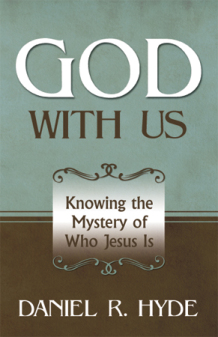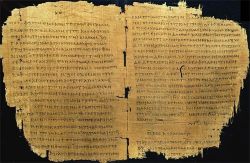Some Interesting Links . . .
 Tuesday, December 18, 2007 at 09:26AM
Tuesday, December 18, 2007 at 09:26AM  I agree whole-heartedly with Buster Olney's take on the Mitchell Report--a collosal failure to deal with the culture of PED throughout all of baseball. What a waste of 50 million dollars! I wish someone was willing to give me 50 million bucks for doing a bunch of google searches and interviewing a mere two witnesses, so that Bud Selig could do the ole CYA. Click here: ESPN.com - Blogs - Buster Olney Blog; Click here: Mitchell Report Revealed Little Original Work - New York Times
I agree whole-heartedly with Buster Olney's take on the Mitchell Report--a collosal failure to deal with the culture of PED throughout all of baseball. What a waste of 50 million dollars! I wish someone was willing to give me 50 million bucks for doing a bunch of google searches and interviewing a mere two witnesses, so that Bud Selig could do the ole CYA. Click here: ESPN.com - Blogs - Buster Olney Blog; Click here: Mitchell Report Revealed Little Original Work - New York Times
Good on Andy Pettitte--not for using HGH, which was stupid and cheating--but for being the first one to come clean. Click here: Blogging The Bombers - NY Daily News. Andy's a stand-up guy and a professing Christian.
I still say this is a huge story for baseball fans--Scott Boras' stranglehold on MLB is probably over. Hopefully, there will be no more 140 million dollar contracts for players like Barry Zito! Click here: Blogging The Bombers - NY Daily News
Matthew Morgan has a good piece on N. T. Wright's monkeying around with the doctrine of penal/substitutionary atonement. Click here: Berit Olam: The Wright View of Penal Substitution?
Richard Gaffin's essay on Theonomy and Postmillennialism is now available on-line. Click here: http://newhope2.timberlakepublishing.com/files/Gaffin%20Theonomy%20and%20Eschatology.pdf
Mark Steyn has a great piece on the mutual interests of the pro-choice movement and militant environmentalists--too many babies are bad for the earth. Click here: Opinion: Children? Not if you love the planet | child, birth, homeless, year, percent - OCRegister.com
Finally, need some material for your home Bible study or Sunday School class? How about a study of the "Seven Deadly Sins" based on episodes from Gilligan's Island? My question is this: "does the episode on lust feature Ginger or Mary Ann?" When I was a kid, every teenage boy had a crush on one or both of them. Click here: A Little Leaven: Gilligan's Island and the Seven Deadly Sins "Bible Study"










